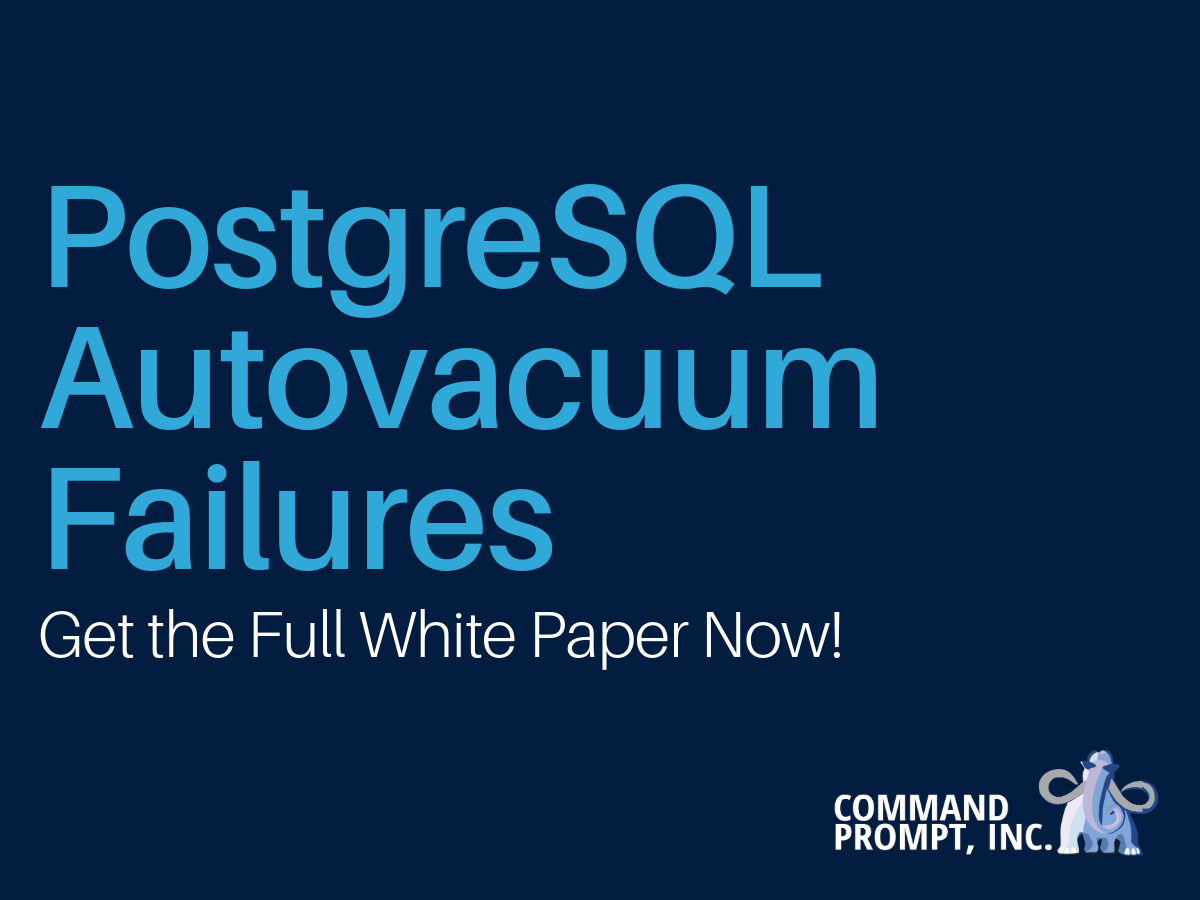
Series Summary: This is the final part of a multi-part series on PostgreSQL autovacuum failures.
⬅️ Back: Part 5: Temp Tables and XID Wraparound in Single-DB Clusters
We’ve identified two major pitfalls that can disrupt PostgreSQL’s autovacuum: temp tables in multi-database clusters that halt maintenance activity, and lingering temp tables in single-database environments that risk triggering an emergency shutdown.
In this final installment, we’ll share actionable steps to help you prevent these problems and proactively monitor your cluster’s health.
Prevention Tips
To keep your PostgreSQL environment resilient:
- Clean up temp tables proactively
- Use CREATE TEMP TABLE ... ON COMMIT DROP when appropriate
- Ensure application logic terminates sessions cleanly
- Avoid leaving sessions idle with persistent temp tables
- Set conservative thresholds
- Use a lower autovacuum_freeze_max_age in test or dev environments
- Monitor age(relfrozenxid) for critical tables
- Terminate stale sessions
- Regularly audit open sessions
- Consider using connection poolers that recycle idle connections properly
Monitoring Recommendations
A robust monitoring strategy can catch early signs of autovacuum failure:
- Track XID age across all databases, not just the one in active use
- Alert when temp tables exceed a certain lifetime or size
- Review pg_stat_user_tables and pg_class for tables approaching wraparound
- Log and alert on autovacuum cancellations (e.g., "canceling autovacuum task")
At Command Prompt, our monitoring platform tracks these metrics out of the box, helping clients avoid exactly these types of edge cases.
Diagnostic Query You Should Bookmark
SELECT
datname,
age(datfrozenxid) AS xid_age,
current_setting('autovacuum_freeze_max_age')::int - age(datfrozenxid) AS tx_before_wraparound
FROM pg_database
ORDER BY tx_before_wraparound;This query shows how close each database is to XID wraparound and whether a cluster-wide autovacuum issue might be brewing.
Conclusion
Thank you for following along through this deep dive into PostgreSQL’s autovacuum mechanics and its hidden edge cases. We hope this series has helped surface some of the nuances behind keeping your cluster healthy and what can happen when overlooked.
If you’ve run into similar issues or have questions about monitoring and maintenance, we’d love to hear from you.
Need Help?
Command Prompt is the world’s oldest dedicated Postgres services and consulting company, offering expert support for performance optimization and troubleshooting. Contact us today for Postgres and open source support.
This whitepaper examines PostgreSQL autovacuum failures, focusing on temp tables and multi-database edge cases that cause bloat, slowdowns, or XID wraparound risks in complex environments.
Thank you for your interest. Schedule a call with our Founder: https://calendar.app.google/wXgXkHoiFxHwW7KA6
